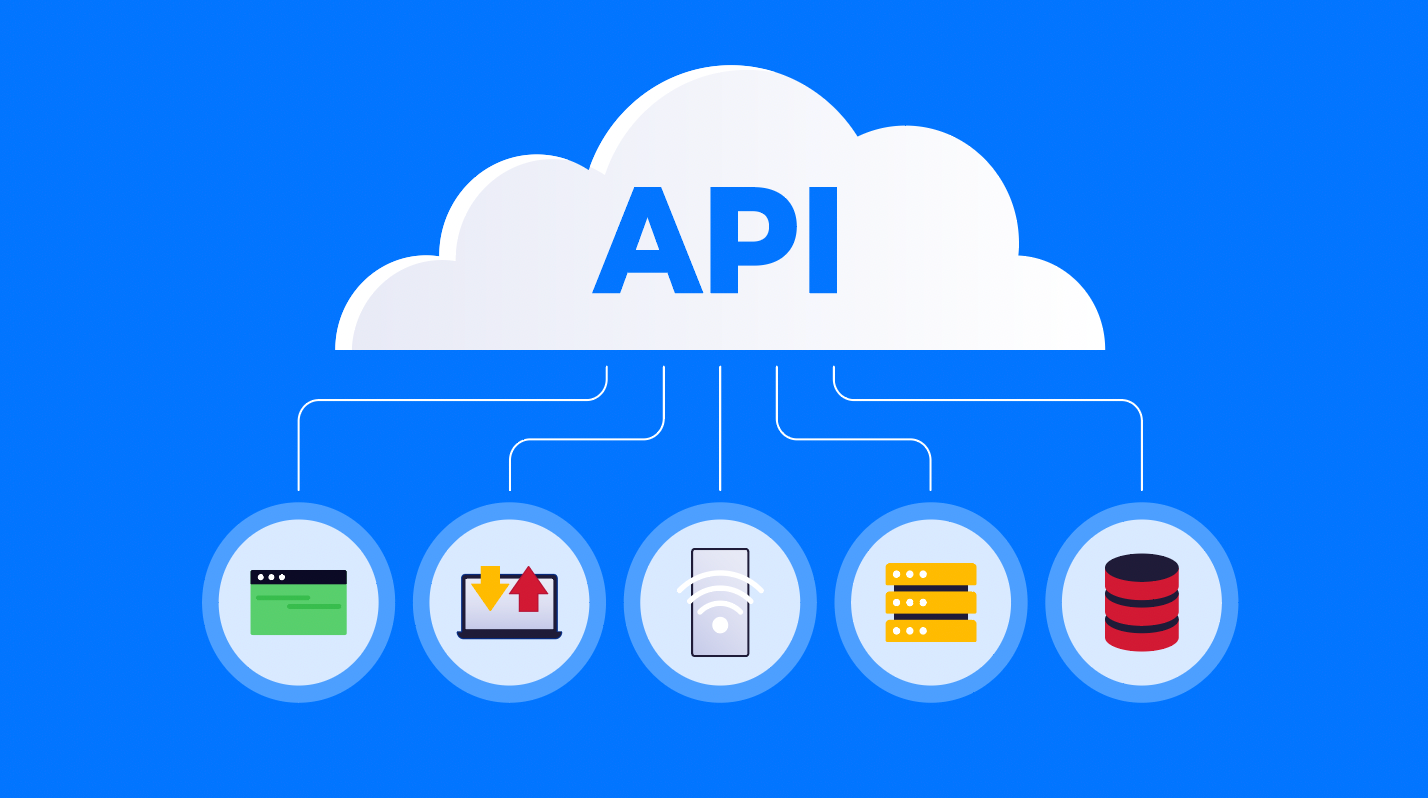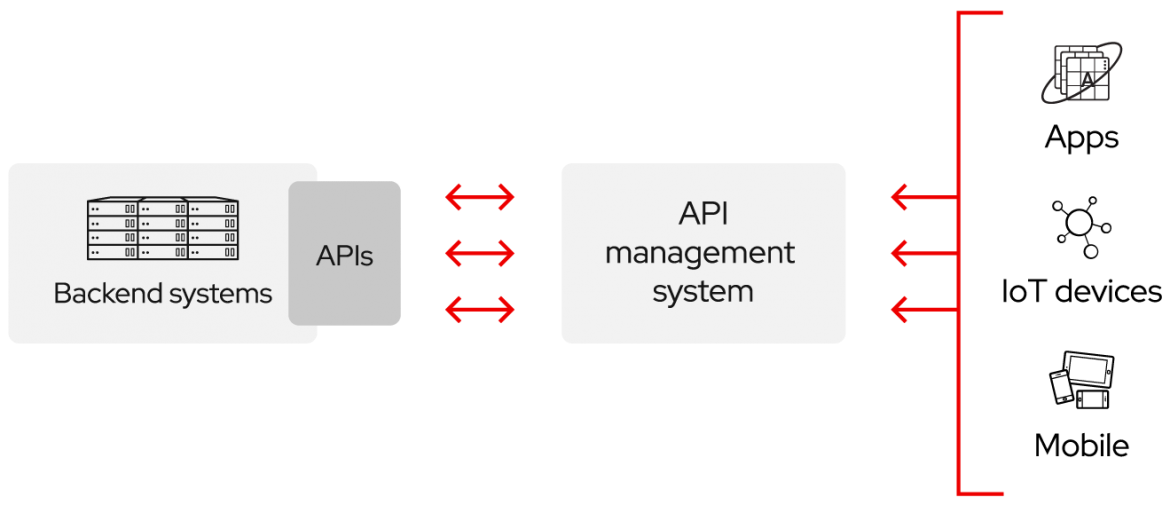Application-Programming-Interface
 # Application Programming Interface
API stands for Application Programming Interface. In the context of APIs, the word Application refers to any software with a distinct function. Interface can be thought of as a contract of service between two applications. This contract defines how the two communicate with each other using requests and responses.
# Application Programming Interface
API stands for Application Programming Interface. In the context of APIs, the word Application refers to any software with a distinct function. Interface can be thought of as a contract of service between two applications. This contract defines how the two communicate with each other using requests and responses.
How do APIs work?

APIs let your product or service communicate with other products and services without having to know how they’re implemented. This can simplify app development, saving time and money. When you’re designing new tools and products—or managing existing ones—APIs give you flexibility; simplify design, administration, and use; and provide opportunities for innovation.
APIs are sometimes thought of as contracts, with documentation that represents an agreement between parties: If party 1 sends a remote request structured a particular way, this is how party 2’s software will respond.
Because APIs simplify how developers integrate new application components into an existing architecture, they help business and IT teams collaborate. Business needs often change quickly in response to ever shifting digital markets, where new competitors can change a whole industry with a new app. In order to stay competitive, it’s important to support the rapid development and deployment of innovative services. Cloud-native application development is an identifiable way to increase development speed, and it relies on connecting a microservices application architecture through APIs.
APIs are a simplified way to connect your own infrastructure through cloud-native app development, but they also allow you to share your data with customers and other external users. Public APIs represent unique business value because they can simplify and expand how you connect with your partners, as well as potentially monetize your data (the Google Maps API is a popular example).

For example, imagine a book-distributing company. The book distributor could give its customers a cloud app that lets bookstore clerks check book availability with the distributor. This app could be expensive to develop, limited by platform, and require long development times and ongoing maintenance.
Alternatively, the book distributor could provide an API to check stock availability. There are several benefits to this approach:
- Letting customers access data via an API helps them aggregate information about their inventory in a single place.
- The book distributor can make changes to its internal systems without impacting customers, so long as the behavior of the API doesn’t change.
- With a publicly available API, developers working for the book distributor, book sellers or third parties could develop an app to help customers find the books they’re looking for. This could result in higher sales or other business opportunities.
In short, APIs let you open up access to your resources while maintaining security and control. How you open access and to whom is up to you. API security is all about good API management, which includes the use of an API gateway. Connecting to APIs, and creating applications that consume the data or functionality exposed by APIs, can be done with a distributed integration platform that connects everything—including legacy systems, and the Internet of Things (IoT).
Innovating with APIs
Exposing your APIs to partners or the public can:
- Create new revenue channels or extend existing ones.
- Expand the reach of your brand.
- Facilitate open innovation or improved efficiency through external development and collaboration.
Sounds great, right? But how can APIs do all that?
Let’s return to the example of the book distributing company.
Suppose one of the company’s partners develops an app that helps people find books on bookstore shelves. This improved experience brings more shoppers to the bookstore—the distributor’s customer—and extends an existing revenue channel.
Maybe a third party uses a public API to develop an app that lets people buy books directly from the distributor, instead of from a store. This opens a new revenue channel for the book distributor.
Sharing APIs―with select partners or the whole world―can have positive effects. Each partnership extends your brand recognition beyond your company’s marketing efforts. Opening technology to everyone, as with a public API, encourages developers to build an ecosystem of apps around your API. More people using your technology means more people are likely to do business with you.
Making technology public can lead to novel and unexpected outcomes. These outcomes sometimes disrupt entire industries. For our book distributing company, new firms―a book borrowing service, for example―could fundamentally change the way they do business. Partner and public APIs help you use the creative efforts of a community larger than your team of internal developers. New ideas can come from anywhere, and companies need to be aware of changes in their market and ready to act on them. APIs can help.
Common API examples
Because APIs allow companies to open up access to their resources while maintaining security and control, they have become a valuable aspect of modern business. Here are some popular examples of application programming interfaces you may encounter:
- Universal logins A popular API example is the function that enables people to log in to websites by using their Facebook, Twitter, or Google profile login details. This convenient feature allows any website to leverage an API from one of the more popular services to quickly authenticate the user, saving them the time and hassle of setting up a new profile for every website service or new membership.